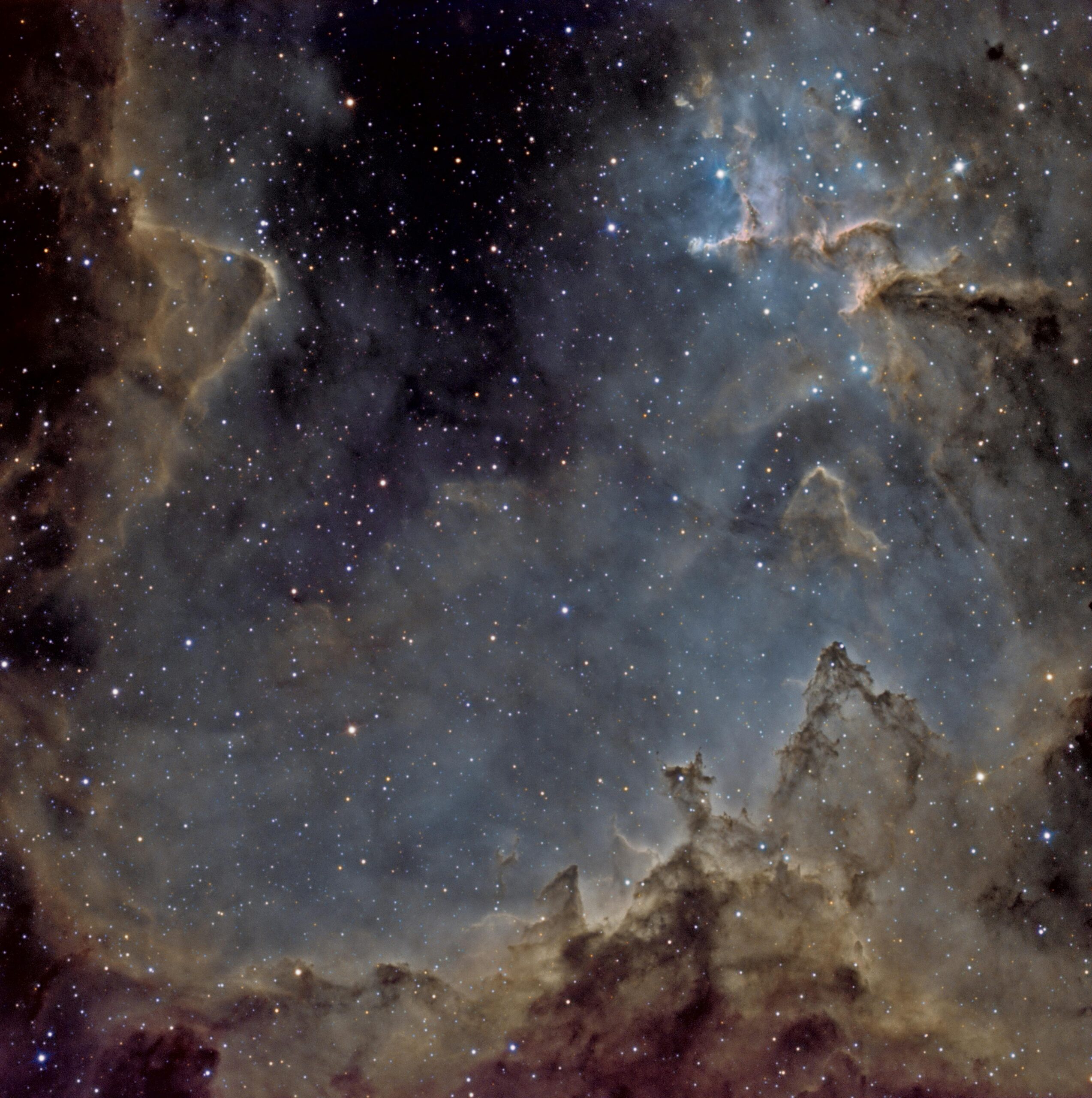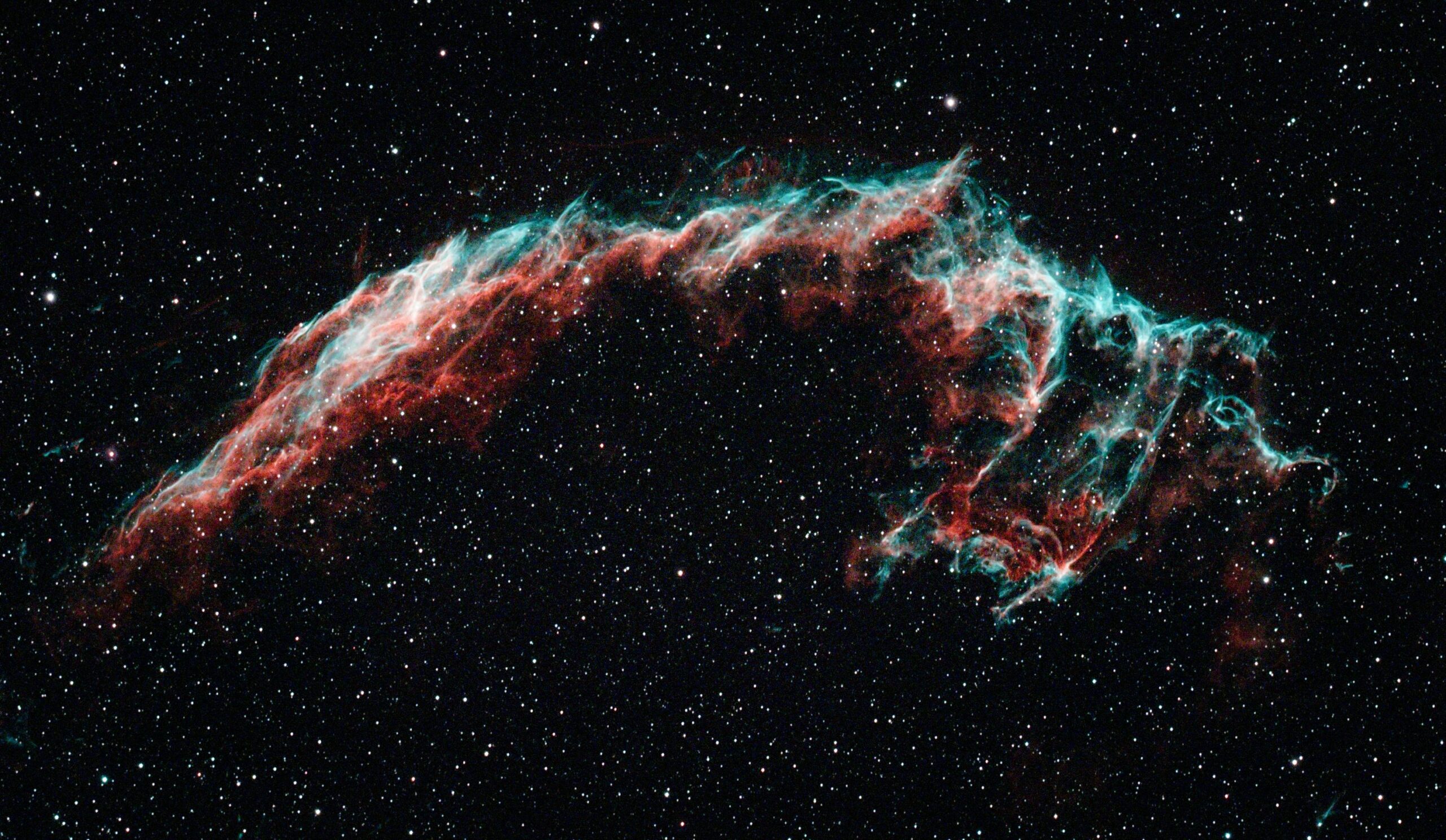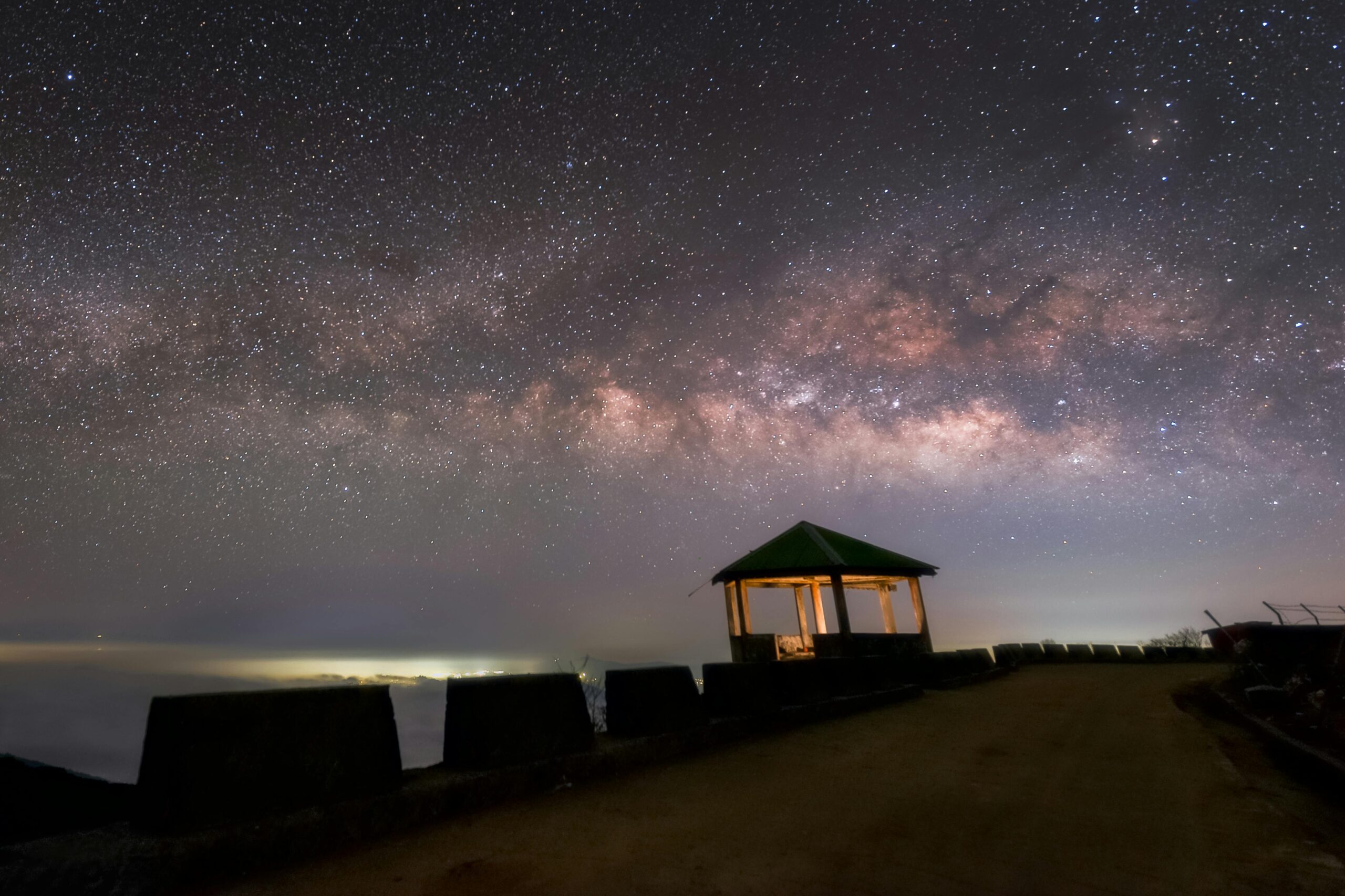Milky Way Epochs: Tracing the Cosmic Calendar
The vast expanse of the cosmos holds countless mysteries, one of which is the journey of our very own galaxy through time. The Milky Way, a barred spiral galaxy, is more than just a collection of stars, planets, and cosmic dust; it’s a chronicle of cosmic epochs that have shaped the universe as we know it. In this article, we will delve into the “Milky Way Epochs: Tracing the Cosmic Calendar,” exploring the different eras of our galaxy’s history, and how they provide a timeline that helps us understand the evolution of the universe.

Table of Contents
The Birth of the Milky Way: A New Epoch Begins
The story of the Milky Way begins approximately 13.6 billion years ago, shortly after the Big Bang. This period marks the first of the Milky Way epochs, a time when the universe was still young and filled with primordial gas. These clouds of hydrogen and helium began to collapse under gravity, leading to the formation of the first stars and galaxies. During this epoch, known as the Cosmic Dawn, the Milky Way started as a protogalactic cloud, gradually pulling in material and forming the first star clusters.
As we trace the cosmic calendar, the next significant event in the Milky Way’s history is the Epoch of Reionization, occurring roughly one billion years after the Big Bang. This epoch was characterized by the ionization of hydrogen in the universe, which allowed light to travel freely through space. It was during this time that the Milky Way continued to grow by merging with smaller galaxies and accreting gas from the surrounding intergalactic medium.
The Formation of the Galactic Disk: A New Milky Way Epoch
As we move further along the cosmic calendar, another critical era in the Milky Way epochs is the formation of the galactic disk. This phase occurred about 8 to 10 billion years ago and marked a significant change in the structure of our galaxy. During this epoch, the Milky Way transitioned from a chaotic, irregular collection of stars and gas to a more organized structure with a defined disk. This era saw the birth of many of the stars that populate the Milky Way’s spiral arms today, including our Sun, which formed about 4.6 billion years ago.
The Galactic Disk Epoch is a crucial chapter in the story of the Milky Way epochs, as it laid the foundation for the galaxy we observe today. The disk structure facilitated the ongoing formation of stars, planets, and other celestial bodies, setting the stage for the development of complex life forms on planets like Earth. Understanding this epoch is essential for tracing the cosmic calendar and understanding how galaxies evolve over time.
The Milky Way in its Current Form: The Present Epoch
Today, we live in what could be described as the Modern Milky Way Epoch. This era represents the present state of our galaxy, characterized by a stable disk, ongoing star formation, and the continued accretion of material from the surrounding environment. The Milky Way has reached a mature stage in its life cycle, with a well-defined spiral structure and a central bulge that contains a supermassive black hole.
In this current epoch, the Milky Way continues to interact with its environment, absorbing smaller satellite galaxies and gas clouds. One of the most significant events anticipated in the future is the eventual collision between the Milky Way and the Andromeda Galaxy, which is expected to occur in about 4.5 billion years. This cosmic event will mark the beginning of a new chapter in the Milky Way epochs, leading to the formation of a new galaxy and reshaping the cosmic calendar.
Tracing the Future: Upcoming Milky Way Epochs
While we have explored the past and present epochs of the Milky Way, it is also important to consider what the future holds for our galaxy. The Milky Way Epochs: Tracing the Cosmic Calendar not only involves understanding the past but also predicting the future. As mentioned earlier, the impending collision with the Andromeda Galaxy will be a defining moment in the Milky Way’s history, marking the transition to a new epoch.
This event, often referred to as the Milkomeda Epoch, will see the Milky Way and Andromeda merge to form a giant elliptical galaxy. The process will take billions of years, with the two galaxies initially passing through each other multiple times before finally coalescing. During this epoch, star formation rates will likely increase dramatically as gas clouds collide and compress, leading to the birth of new stars and possibly new planetary systems.
The Cosmic Calendar: A Tool for Understanding the Universe
The concept of the “Milky Way Epochs: Tracing the Cosmic Calendar” is not just a way to understand our galaxy’s history but also a tool for understanding the broader universe. By studying the different epochs in the Milky Way’s history, scientists can gain insights into the processes that govern galaxy formation and evolution. This knowledge can then be applied to other galaxies, helping us build a more comprehensive picture of the cosmos.
The cosmic calendar is a timeline that allows us to place events in the universe’s history in context. From the birth of the first stars to the formation of complex life, each event is a chapter in the story of the universe. The Milky Way epochs are just one part of this story, but they are crucial for understanding how our galaxy fits into the larger cosmic puzzle.
Conclusion: The Importance of Tracing the Milky Way Epochs
In conclusion, “Milky Way Epochs: Tracing the Cosmic Calendar” is a fascinating journey through time that allows us to understand the history and future of our galaxy. From its formation in the aftermath of the Big Bang to its eventual merger with the Andromeda Galaxy, each epoch in the Milky Way’s history is a chapter in the broader story of the universe. By studying these epochs, we can gain insights into the processes that shape galaxies and, by extension, the universe itself.
As we continue to trace the cosmic calendar, new discoveries will undoubtedly add to our understanding of the Milky Way epochs. Whether through observations of distant galaxies, simulations of cosmic events, or the study of ancient stars, the quest to understand our galaxy’s history is an ongoing process. The Milky Way epochs serve as a reminder of the dynamic and ever-changing nature of the universe, and they inspire us to continue exploring the cosmos, one epoch at a time.
4o





